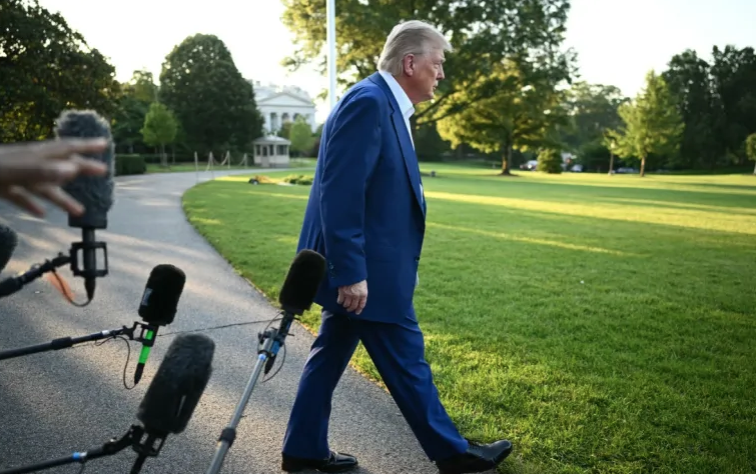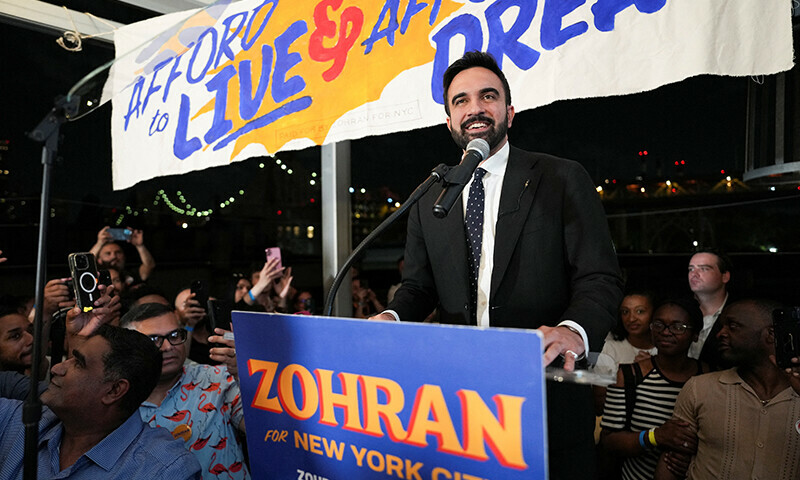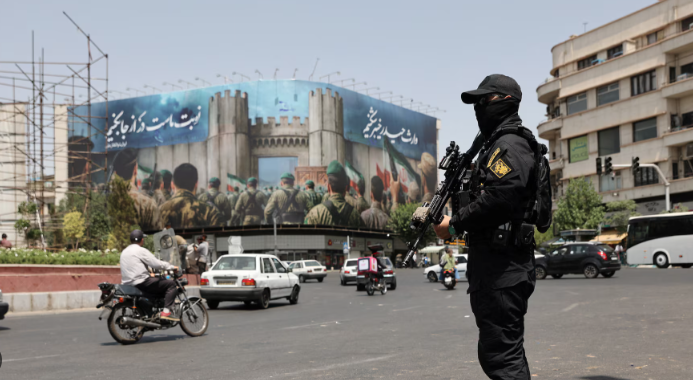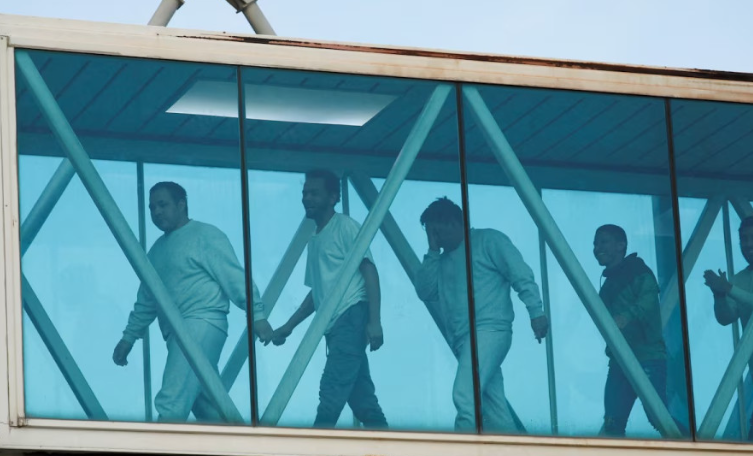WORLD NEWS

A top-secret report by the U.S. Defense Intelligence Agency (DIA) has revealed that American strikes on Iranian nuclear facilities on June 22 caused only limited damage, contradicting President Donald Trump’s claims of a total “obliteration” of Iran’s nuclear capabilities.
According to CNN and The New York Times, the confidential DIA assessment states that the attacks on Fordow, Natanz, and Isfahan—three of Iran’s most critical nuclear sites—did not destroy underground structures. While the strikes damaged above-ground facilities and power systems, they only set Iran’s nuclear ambitions back by several months, not decades as Trump claimed.
⚠️ Key Findings from the DIA Report:
· Underground facilities remain intact, despite being targeted with 14 30,000-pound bunker-buster bombs.
· Iran’s enriched uranium stockpile was relocated before the strikes, sustaining minimal losses.
· Only entrances were blocked at Fordow and Natanz; core infrastructure remains functional.
· Electrical systems at Fordow were badly damaged, but repairs are possible in the short term.
· The report concludes Iran’s nuclear program has been delayed by less than six months.
🇺🇸 Trump’s Claim vs. Intelligence Findings
President Trump has repeatedly asserted that the strikes were a “spectacular success” and “completely demolished” Iran’s enrichment capability. At the NATO summit in The Hague, Trump doubled down:
“Those pilots hit their targets. That place is demolished.”
However, the DIA’s assessment directly challenges those assertions. Trump has labeled the reports as “fake news” and accused CNN and The New York Times of undermining a historic military operation.
🇮🇷 Iran Reacts
Iranian officials, including Mehdi Mohammadi, adviser to the Iranian Parliament, confirmed Fordow had been evacuated in advance, minimizing damage. Iran acknowledged strikes damaged outer infrastructure but claimed no irreversible losses occurred.
🔍 Strategic Implications
Despite the public posturing, the intelligence community and IAEA officials suggest caution. IAEA Director Rafael Grossi noted that underground damage remains unverified but is unlikely to match the level of destruction Trump’s administration is claiming.
Analysts warned that relying solely on satellite imagery and surface-level damage could mislead policymakers. With centrifuges and uranium stockpiles intact, Iran retains its nuclear capabilities, albeit temporarily paused.
💬 White House Pushback
White House Press Secretary Karoline Leavitt dismissed the DIA’s findings as:
“Flat-out wrong… leaked by an anonymous, low-level loser in the intelligence community.”
She emphasized that 14 precisely dropped 30,000-lb bombs would cause “total obliteration,” accusing media reports of political motives.
⚔️ Background on the Strike
The U.S. launched airstrikes following 10 days of escalating conflict between Iran and Israel. The Fordow facility, buried deep in a mountain, was considered impenetrable by Israeli forces alone, prompting the U.S. to step in with GBU-57 bunker-buster bombs and cruise missiles.
Natanz and Isfahan, while more accessible, house vast arrays of centrifuges and research reactors—most of which are believed to have survived.




